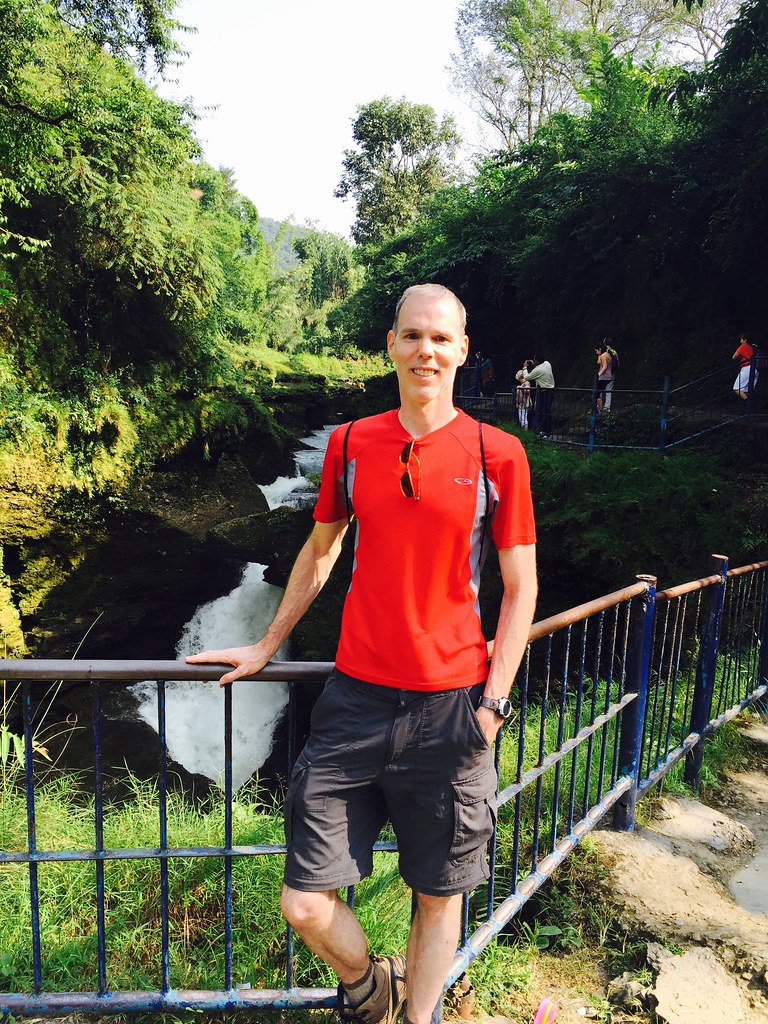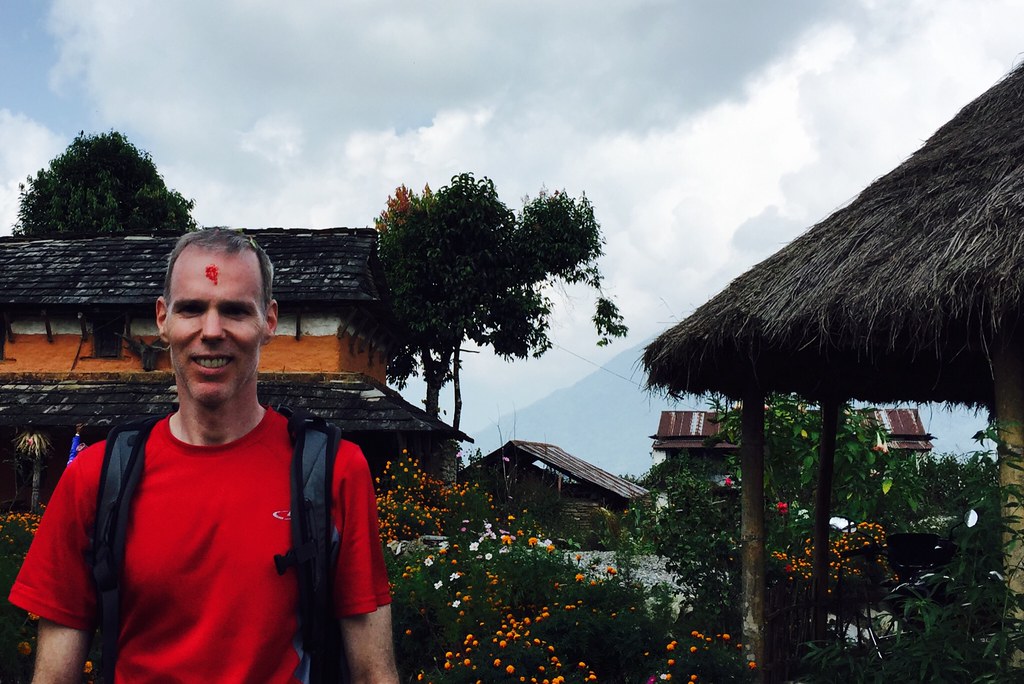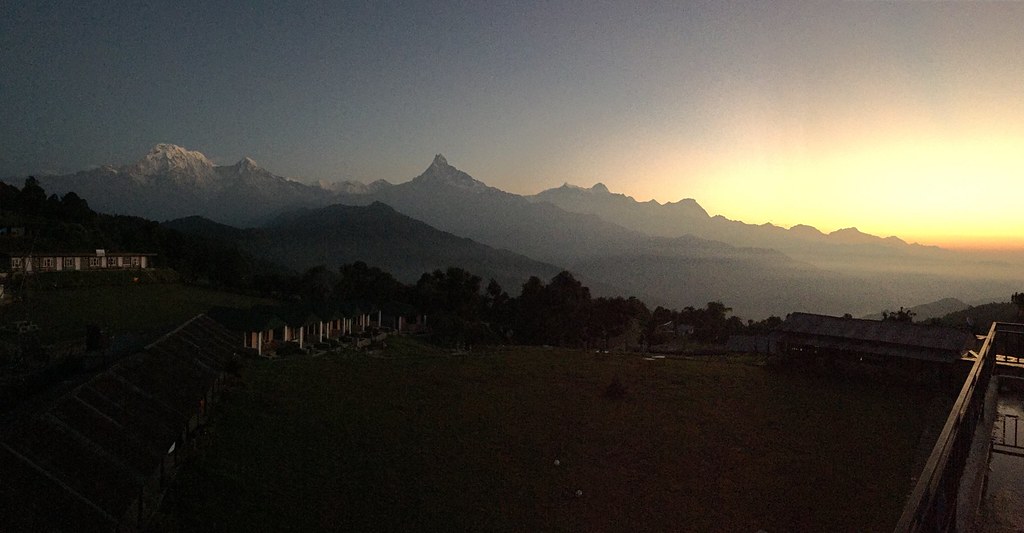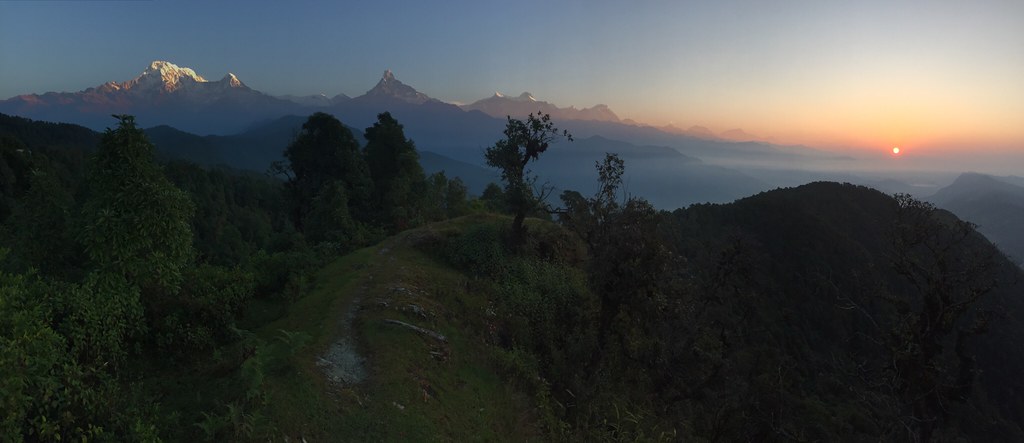Ever since Nepal promulgated their new constitution, there has been unrest on the Nepal border with India which has resulted in a national fuel crisis. So far the crisis has not affected me, but that will likely change if it continues for much longer as we could run out of cooking gas at some point and I rely on the public bus to get back to Kathmandu.
Below are the latest articles I've seen from Bloomberg and the BBC:
Growing anger in Nepal’s capital over a crippling fuel shortage is prompting the nation’s leaders to reassess their energy strategy -- and ties with southern neighbor India.
Taxis and buses are lining up for miles at empty petrol stations in Kathmandu, with passengers riding on the roofs of overcrowded buses to get around. Airlines have been forced to reroute flights to ensure they have adequate fuel, throwing Nepal’s tourism-dependent economy into turmoil just months after the country’s worst earthquake in eight decades.
“It really forces us to rethink our economic and strategic policies," Madhukar S.J.B. Rana, a former Nepalese finance minister residing in Kathmandu, said by phone. “We are a landlocked country. This can happen to us anytime."
The crisis began two weeks ago, when Nepal promulgated a new constitution that caused disturbances in the southern plains among groups with close ethnic ties to India that feel under-represented. Nepalese newspapers have accused main trading partner India of conducting an unofficial blockade in response, while India says protesters in Nepal are blocking roads and preventing fuel from reaching the capital.
“If this blockage continues, there’ll be a humanitarian crisis very soon," Finance Minister Ram Sharan Mahat said in a telephone interview on Tuesday. "Gasoline, cooking gas, medical supplies -- there is a shortage of essential goods. You can imagine the turmoil."
Nepal decided to bar private cars including trucks and construction vehicles from refueling to ensure a steady supply for buses, ambulances and taxis, the Kathmandu Post reported on Wednesday, citing Nepal Oil Corporation spokesman Dipak Baral.
“There is no blockade by India, either official or unofficial,” Indian Ministry of External Affairs spokesman Vikas Swarup said in an e-mail.
The Himalayan nation relies on India for 60 percent of its imports, including almost all of its oil, prompting a discussion in Nepal about how to ensure the country’s energy security. Nepal’s limited road links to China through the Himalayas have been blocked since the earthquake in April, which caused an estimated $10 billion of damage in the $19.6 billion economy.
"Nepal is not just landlocked -- we are virtually India-locked," Mahat said, adding that northern routes will take months to restore and handle only about 10 percent of the country’s freight.
"This crisis has taught us there should be more diversification," he said. "But this takes time. It cannot happen overnight."
Historically, Nepal has had far closer political and economic ties with India than China. Recently China has made inroads, and last year it overtook India as Nepal’s biggest foreign investor with plans to fund a $1.6 billion hydropower project -- one of biggest outside investments ever in the country.
17 Days
"This disruption of fuel supplies has been an additional burden for an economy that has been devastated this year," said Rajiv Biswas, Asia-Pacific chief economist for IHS Inc. "Although Nepal needs to import oil and gas supplies, it has abundant hydropower potential if sufficient investment can be mobilized."
Nepal’s mountain-fed rivers have the capacity to generate more than 80 gigawatts of hydroelectricity -- enough for its own needs as well as for about a third of India.
Right now, though, the country is in a desperate state: Chronic blackouts force businesses and homes to rely on diesel-powered generators for electricity. Nepal has petroleum stocks for about 17 days, compared with 270 days in Israel, 240 days in South Korea and 137 days in the U.S., according to the Kathmandu Post.
"If you had reliable power from the grid, a lot of the diesel fuel consumption used to generate power would be available for transportation," said Thomas Richardson, the International Monetary Fund’s country representative for Nepal and India.
Flights Re-routed
The April temblor had already caused economic growth to slow to 3.4 percent in the fiscal year ended in July, down from 5.5 percent the previous year, the IMF said in a new estimate released last week. It’s still too soon to say if the current disruptions will further affect that outlook, Richardson said.
Dozens of flights to Kathmandu have been affected in recent weeks. Korean Air Lines Co.’s flights from Seoul are stopping in Bangkok to refuel, Malaysia Airlines’ flights from Kuala Lumpur are refueling in Dhaka, Bangladesh, and SilkAir’s flight from Singapore is refueling in Kolkata. China Southern Airlines Co. halted ticketing through Oct. 10 and China Eastern Airlines Corp. is offering free rescheduling or cancellations through Oct. 24, according to a company statement and media reports.
At least 40 people have died in over a month of clashes between protesters and Nepal’s police. India is "deeply concerned" about the violence and has "consistently argued that all sections of Nepal must reach a consensus on the political challenges confronting them," India said in a Sept. 21 statement.
‘Very, Very Angry’
People living in Nepal’s southern plains say the new constitution gives an unfair advantage to those residing in higher elevations. Constituencies in Nepal’s hills and mountains would get 100 seats in the 165-member parliament, with the rest going to the low-lying Terai region that holds the majority of Nepal’s 28 million people, according to the Institute for Defence Studies and Analyses, a New Delhi-based think tank.
Mahat, Nepal’s finance chief, said India hasn’t formally made any demands related to the constitution. But, he added, “they are expecting us to have a dialogue with these dissatisfied groups and to resolve the problem."
“Trade cannot be mixed with an internal political problem," Mahat said, adding that Nepal guaranteed the security of all cargo entering the country.
From the BBC:
Nepal's world-renowned community forests are under threat from a sudden rise in demand for firewood because of a fuel crisis, officials say.
A blockade on the Himalayan nation's border with India has halted imports.
Ethnic communities in the southern plain bordering India are protesting against the new constitution, saying it does not adequately represent them.
At least 40 people have died and hundreds of trucks have been stuck across the border in India.
Nepal is a landlocked country and totally reliant on India for all its fuel, food and medicine imports.
Supplies have been disrupted for over two weeks.
Conservationists say people have been left with no choice but to cut down trees for firewood despite having a tradition of protecting their forests.
"With no cooking gas and kerosene for their kitchens, the demand for firewood has suddenly jumped and our forests are under pressure," said Ganesh Karki, chairman of Federation of Community Forestry Users Nepal, an umbrella organisation of community forests across the country.
"We have received information from our different member community forests that people are now entering forests to collect firewood and in several areas trees have been chopped down."
Nepal has been a global leader in community forestry where local people become custodians of the forests and are supposed to utilise the resource sustainably.
There are more than 15,000 community forests in the country, as well as 20 national parks and protected areas.
Trucks are parked up near the Indian border with Nepal due to the blockade
Illegal logging
And the forestry department has also started making contingency plans if the fuel crisis does not end soon.
"We have assessed our stocks across the country and have found that we can supply firewood to the capital Kathmandu for six weeks," said Department of Forest Director General Resham Dangi.
"We have no choice but to make such a plan because people will need fuel to survive and if the supply chain does not return to normal, the government will have to do what it can."
The government will release stocks of firewood in the first phase but then look at felling trees in a second phase.
Its priority is to supply firewood to the capital Kathmandu which is home to three million residents but has no forests nearby.
Mr. Dangi confirmed that forests in other parts of the country were already coming under pressure in the wake of the fuel crisis.
He said there had been an increase in illegal logging as the authorities are unable to patrol the forest due to the fuel shortage.
"Because we have no mobility, timber smuggling has increased, mainly from the forests of Tarai near the Indian border," he said.
Nepal has abundant water resources which could generate hydroelectricity. However, because of its political instability, not even 1% of its hydropower potential has been tapped, leaving people increasingly dependent on fuel imports from India.
Life in Kathmandu is coming to a standstill due to the petrol shortage.
Nepal Oil Corporation officials say 700 tonnes of cooking gas entered Nepal from India every day before the blockade but this has now collapsed.
"Some 250 of our tankers loaded with cooking gas have been on standby at the Raxaul bordering town of India for 22 days but the Indian authorities are not releasing them," said Mukunda Ghimire, director of Nepal Oil Corporation.
"We used to import 4,500 kilolitres of petroleum products other than cooking gas from India every day and now we are getting not even five percent of that.
"At some border trading posts, the Indian side has even refused to refill our tankers."
Political dispute
India rejects this accusation and says the disrupted supplies are due to unrest on the Nepalese side of the border.
"We had repeatedly cautioned the political leadership of Nepal to take urgent steps to defuse the tension in these regions," its foreign ministry said in a statement.
"This, if done in a timely manner, could have avoided these serious developments."
As the two sides trade charges, conservationists are worried that Nepal's forest resources are becoming a casualty.
"The reputation we earned with years of hard work is at stake because of this crisis," said Mr. Karki of the Federation of Community Forests.
"And so is the future of our forests."
- Posted using BlogPress from my iPhone








































